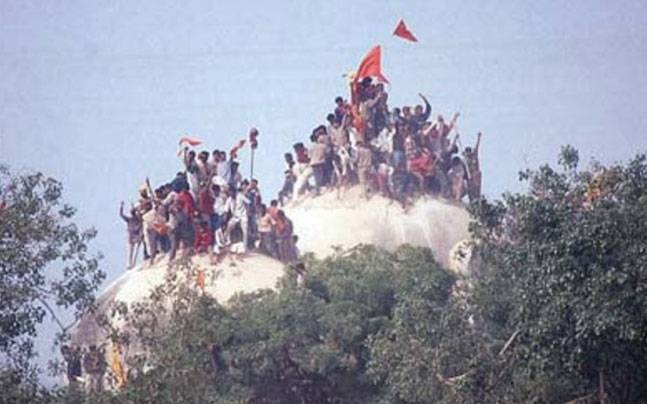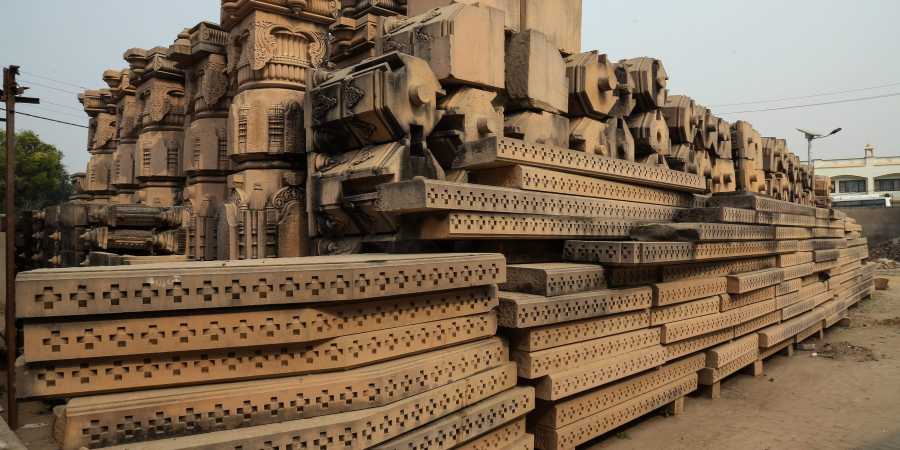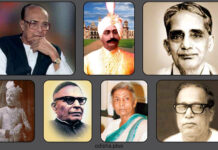OdishaPlus Bureau

In what could be termed as an exceptionally historic judgment in the sensitive Ayodhya land dispute case, the Supreme Court has directed the Centre to form within three months a trust which will build a temple at the disputed site. The Sunni Waqf Board, which was a party to the 7-decade-old title suit, will be given an alternate five-acre land at some other suitable place for construction of a mosque.
The apex court said the mosque should be constructed at a “prominent site”.The 5-member bench headed by Chief Justice Ranjan Gogoi was unanimous in the judgment which is significant .According to the verdict, the Centre will make suitable provisions by handing over the land to the trust.
The apex Court has laid that appropriate representation will be given to Nirmohi Akhara in the board of trustees. The bench upheld the report of Archaeological Survey of India (ASI), which concluded that a temple existed at the disputed site saying there is clear evidence the Hindus believed Ram was born at the disputed site.
The title of the land can be decided only on legal advice. The top court ruled that the Allahabad High Court verdict of 2010, giving land to the Sunni Waqf Board and Nirmohi Akhara, was wrong. It rejected the claim of Nirmohi Akhara of being a ‘shebait’ (a devotee who serves the deity). This was the most anticipated judgments in India’s legal history.
With this verdict, the SC has put an end to the more than a century old dispute that has torn the social fabric of the nation. “The lands of our country have witnessed invasions and dissensions. Yet they have assimilated into the idea of India everyone who sought their providence, whether they came as merchants, travelers or as conquerors,” said the verdict.
 It may be recalled that ,fourteen appeals were filed in the apex court against the 2010 Allahabad High Court judgment, delivered in four civil suits, that the 2.77-acre land in Ayodhya be partitioned equally among the three parties — the Sunni Waqf Board, the Nirmohi Akhara and Ram Lalla.Initially, as many as five lawsuits were filed in the lower court. The first one was filed by Gopal Singh Visharad, a devotee of ”Ram Lalla”, in 1950 to seek enforcement of the right to worship of Hindus at the disputed site.
It may be recalled that ,fourteen appeals were filed in the apex court against the 2010 Allahabad High Court judgment, delivered in four civil suits, that the 2.77-acre land in Ayodhya be partitioned equally among the three parties — the Sunni Waqf Board, the Nirmohi Akhara and Ram Lalla.Initially, as many as five lawsuits were filed in the lower court. The first one was filed by Gopal Singh Visharad, a devotee of ”Ram Lalla”, in 1950 to seek enforcement of the right to worship of Hindus at the disputed site.

In the same year; the Paramahansa Ramachandra Das had also filed the lawsuit for continuation of worship and keeping the idols under the central dome of the now-demolished disputed structure. Later, all the lawsuits were transferred to the Allahabad High Court for adjudication following the demolition of the disputed Ram Janmabhoomi-Babri Masjid structure on December 6, 1992, sparking communal riots in the country.
Now that the judgment has been delivered, it is only to be expected that the country will be displaying its legendary tolerance. Governments, political parties and the people must respect the apex court verdict on an issue that they themselves could not resolve all these years.





















